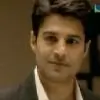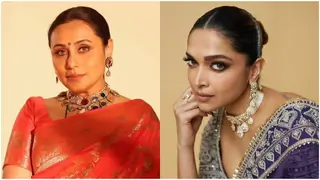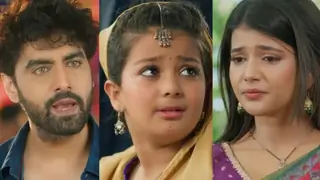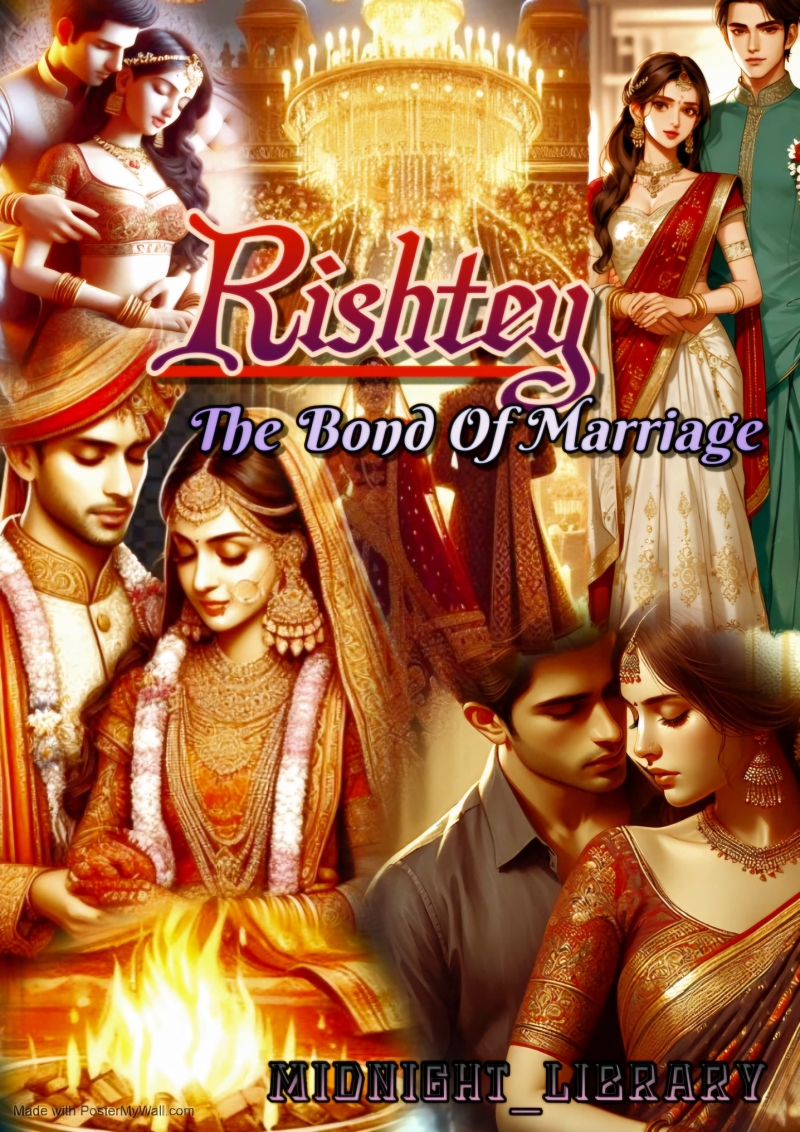"This fort was built by Rao Jodha in 1459 on a rocky hill which was known as Bhaurcheeria, the mountain of birds. Entry to the fort is gained though a series of 7 gates. The most famous of the gates are: -
1. Jai Pol ("Gate of Victory"), built by Maharaja Man Singh in 1806 to celebrate his victory in a war with Jaipur and Bikaner.
2. Fateh Pol built to celebrate a victory over the Mughals in 1707;
3. Dedh Kamgra Pol, which still bears the scars of bombardment by cannonballs.
4. Loha Pol, which is the final gate into the main part of the fort complex. Immediately to the left are the handprints (sati marks) of the ranis who in 1843 immolated themselves on the funeral pyre of their husband, Maharaja Man Singh.
Within the fort, several brilliantly crafted and decorated palaces are found. Of these, Moti Mahal (Pearl Palace), Phool Mahal (Flower Palace), Sheesh Mahal (Mirror Palace), Sileh Khana, and Daulat Khana are notable. One also finds the fort museum comprising several palaces. This museum houses an exquisite collection of palanquins, howdahs, royal cradles, miniatures, musical instruments, costumes and furniture. The ramparts of the fort are home to not only several excellently preserved old cannon (including the famous Kilkila) but also offer a breath-taking view of the city." Navin said.
"Wow… tumhe itni information kahan se mili?" Rajveer asked.
"Main yahan bahut baar aa chukka hoon, in jagahon par pehle aaya hoon, isliye saare monuments ke baare mein sab pata hai… aur waise bhi, agar mujhe kuch yaad nahi hai, toh in kagaaz hai… inmein sab likha hai…" Navin said, indicating to the sheet of papers he had.
"How big is this fort?" Yudi asked.
"It stands at 400 feet." Navin replied.
"Bahut hi acchi jagah hai…" Ali commented.
"Haan, toh Mr. Guide, iss bade se fort mein dekhne ke liye kya hai?" Gunny asked.
"Bahut kuch, main aapko dikhata hoon, this way please." Navin said.
He led his friends to a Temple which was located inside the fort, and after the photos were clicked, everyone waited patiently for their guide to impart his knowledge about this temple to them.
"This is The Chamunda Mataji Temple. Chamunda Mataji was Rao Jodha's favorite goddess. Her idol was brought from Mandore and placed here in 1460. She remains the Maharaja's and the Royal Family's Isht Devi or adopted goddess and is worshipped by most of Jodhpur's citizens as well." Navin said. "Ab, chalte hai Moti Mahal ke andar…"
He led them all inside one of the most well known period rooms, Moti Mahal or the Pearl Palace. Everyone was amazed to see that this was still intact and beautifully decorated. It seemed to be new even though it had the feel of a few hundred years.
"Iss jagah ki khaas baat kya hai?" Roma asked Navin.
"This was built by Raja Sur Singh during his reign from 1595-1619. It is the largest of the periodic rooms inside the fort. Sur Singh's Moti Mahal has five alcoves leading onto hidden balconies; it is believed they were built for his five queens to listen in on court proceeding." Navin said.



























272